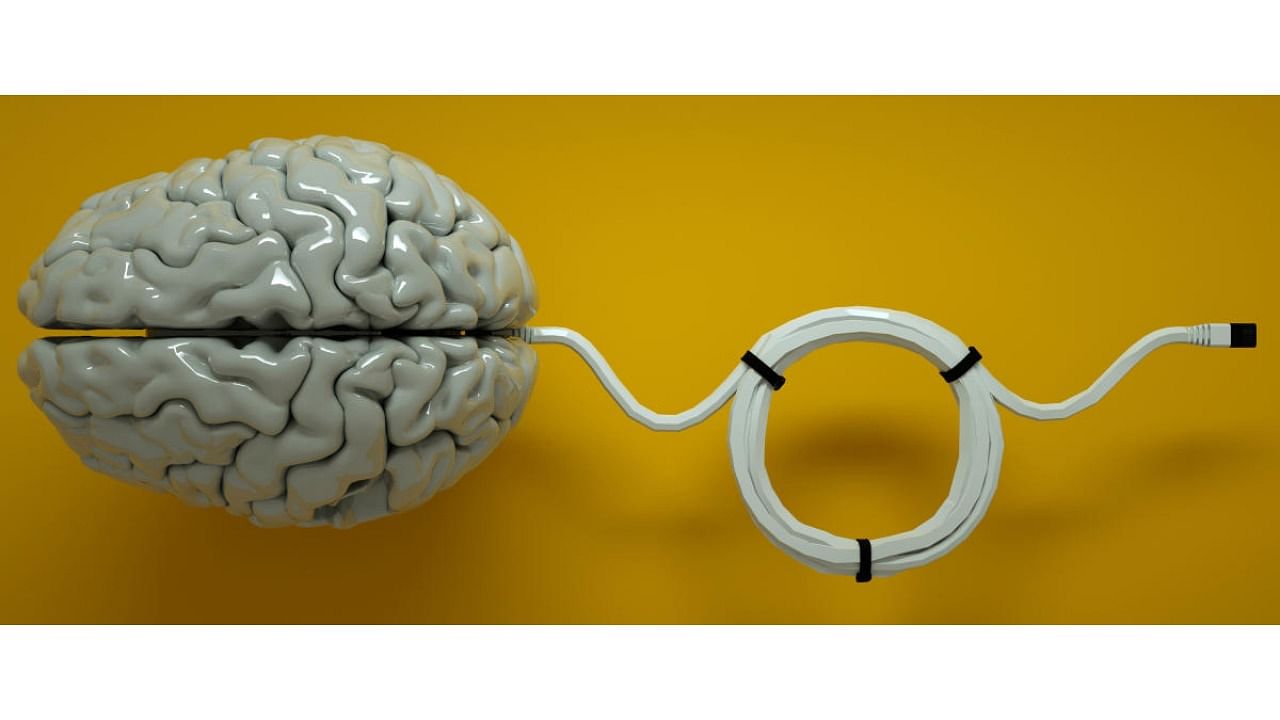
Researchers at the Indian Institute of Science (IISc) have developed an algorithm that ensures easier detection of epileptic occurrence and classification, with a high degree of accuracy.
The algorithm, developed in association with AIIMS Rishikesh, can sift through electroencephalogram (EEG) data and spot erratic signals that indicate epilepsy, the researchers said.
This is a departure from the manual, visual monitoring of EEGs through which neurophysiologists typically identify epileptic patients.
Epilepsy is caused by electrical discharges in the brain over a short period of time.
The World Health Organization estimates that the neurological disorder affects around 50 million people worldwide.
Hardik J Pandya, assistant professor at the Department of Electronic Systems Engineering (DESE) at IISc, said visual inspection of the data was time-consuming and prone to misclassification of the disorder.
The visual inspection also requires the clinician to have the expertise to distinguish among different classes of epilepsy, based on the wave patterns, Pandya said.
The IISc study has been published in the journal ‘Biomedical Signal Processing and Control’.
Pandya said the research was aimed at helping neurologists make an efficient, automated screening and diagnosis.
Rathin K Joshi, a PhD student in DESE, is the first author of the study.
‘Classifying is key’
An EEG test that runs for around 45 minutes is, typically, split into an initial 10-minute segment when the subject is awake and a 35-minute sleep segment.
“With the algorithm, we can zero in on short packets of time that show abnormality, within the recorded data – for example, between the third and fifth minute – and also classify the seizures,” Pandya told DH.
The algorithm classifies EEG data into four types – normal (non-epileptic), focal (partial discharges limited to a specific brain region), generalised (widespread discharges at random locations) and absence (spike wave discharges that mark brief lapse of consciousness).
Data from AIIMS Rishikesh
Pandya called the initial results ‘exciting’. The EEG data from 88 human subjects at AIIMS Rishikesh was examined by the researchers.
The wave patterns from the data were classified into known epileptic patterns including sharps (rising and falling over a duration of up to 250 milliseconds), spikes (70 milliseconds) and slow waves (400 milliseconds).
The algorithm uses the total number of sharp waves, or the cumulative sharp count, to distinguish between an epileptic (marked by a higher value) and a non-epileptic person.
A blind validation study, conducted on subjects already classified based on the type of epilepsy, returned an accuracy of 90.9%.
“We have filed a provisional patent and, with AIIMS Rishikesh, are running the algorithm on more subjects before we firm up the accuracy,” Pandya said.